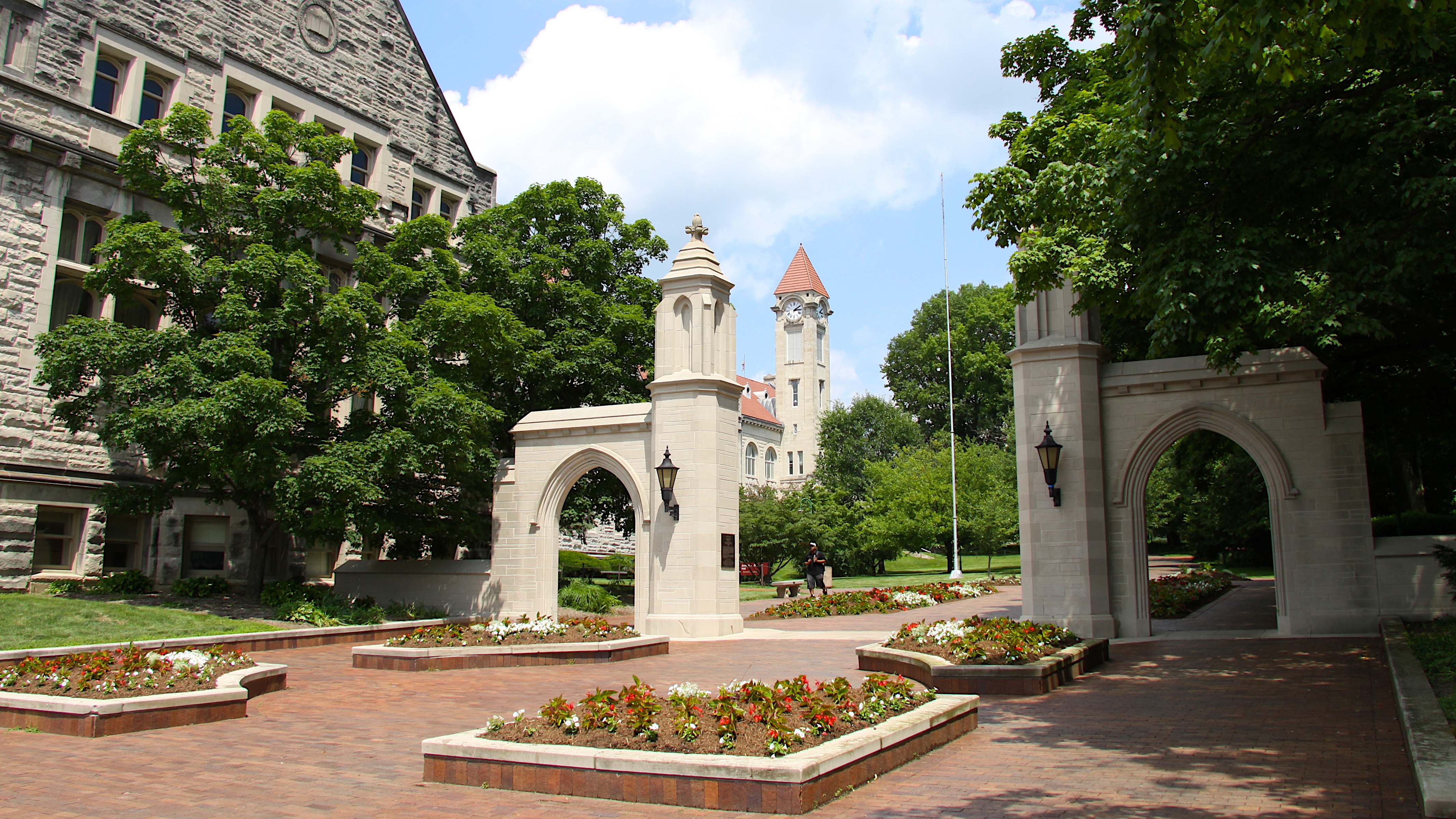
As a student at Indiana University, I thought that my success as a student depended on hard work, hours spent studying, and my performance on exams. However, as the world progressed into the COVID-19 pandemic and the economic recession that followed, I saw students struggling all around me. From more students leaving the university to others not graduating on time, I knew that this could not just be due to a lack of trying. What were the other underlying causes?
Background
I speculated that state budget cuts during recessionary periods may be impacting higher education institutions and the students they serve. Declining state support per student and slower post-recession recovery times have been witnessed in every United States recession dating back to 1980. In order to offset lost revenue from the state, schools may opt to increase tuition for students and increase enrollment of out-of-state and international students. In addition, the expansion of state funding of public universities during periods of economic expansion has not kept pace with the increases in enrollment and inflation. The increased financial burden and less overall funding may be negatively impacting students, but how much?
Figure 1: 2004-2021 State Appropriations for Big Ten Conference Schools

Following 2008, a general trend of budget cuts to twelve Big Ten Conference schools can be seen due to the economic impacts of the Great Recession
Through a regression analysis of Big Ten Conference schools, state appropriations, and student success measures, I hoped to find a link between declining state funding and negative impacts on student success. Big Ten Conference schools are primarily located in the Midwest, with Indiana University, Bloomington being a member of the conference. In comparison to other regions, the Midwest has been impacted most significantly in terms of tuition increases.
Figure 1: Net Tuition as a Percent of Total Educational Revenue, U.S., FY 1980-2021
Net tuition at public universities in the Midwest region of the United States accounts for approximately half of the total revenue following the 2008 Great Recession.
Source: State Higher Education Finance: FY 2021 (SHEEO, 2022)
Findings
In an analysis of twelve Big Ten Conference schools between 2004-2021, my research showed that declining state appropriations had a statistically significant impact on enrollment and retention rates. In other words, more students were enrolled in and/or remaining at Big Ten Conference schools when school budgets increase. Particularly, an additional $1 million in state funding led to an increased retention rate of 0.08% and an increased enrollment rate of .16%.
In terms of Indiana University, Bloomington, a less than 1% budget increase could allow for increased enrollment of approximately 64 students, increased retention of 30 students, and increased graduation of 4 students per year.
Limitations and Implications
Although my research sheds light on the impact of state budget cuts on higher education institutions, there are a variety of other factors that may contribute to declining student success during recessionary periods. Examples include individual financial trouble and impacts on mental health. Additionally, a similar impact may not be seen in post-secondary education around the world because of the unique structure of the U.S. public higher education system.
Overall, my research indicates that budget cuts may hurt student success throughout a student’s academic career, starting with their likelihood to be enrolled in a Big Ten Conference school in the first place and then decreased possibility of them graduating on time. To offset the impacts, state policymakers may want to consider investing more in their public higher education institutions, particularly with a focus on historically underfunded and less-selective schools. Although states do not have unlimited funding to provide through appropriations for higher education, ensuring that base levels of funding are provided for public post-secondary institutions is crucial for educational attainment. To help retain in-state students within the state they originate from, policymakers should aim to increase financial aid available for these students, which may help boost the state economy during recessions.
Molly Koetter is a senior at Indiana University studying Public Affairs at the O’Neill School of Public and Environmental Affairs. Molly is majoring in law and public policy. Following graduation, she is attending the Indiana University Maurer School of Law.
Leave a Reply